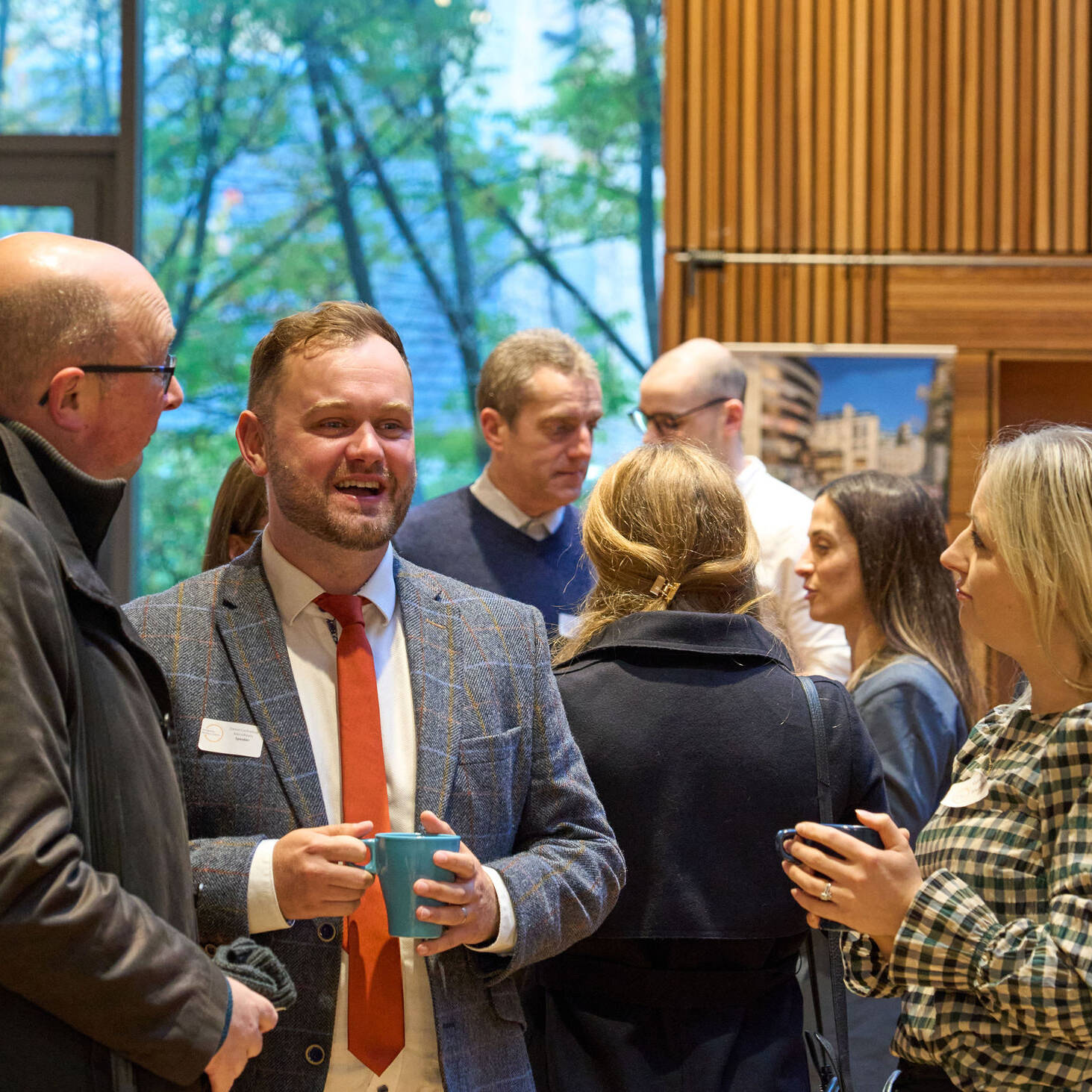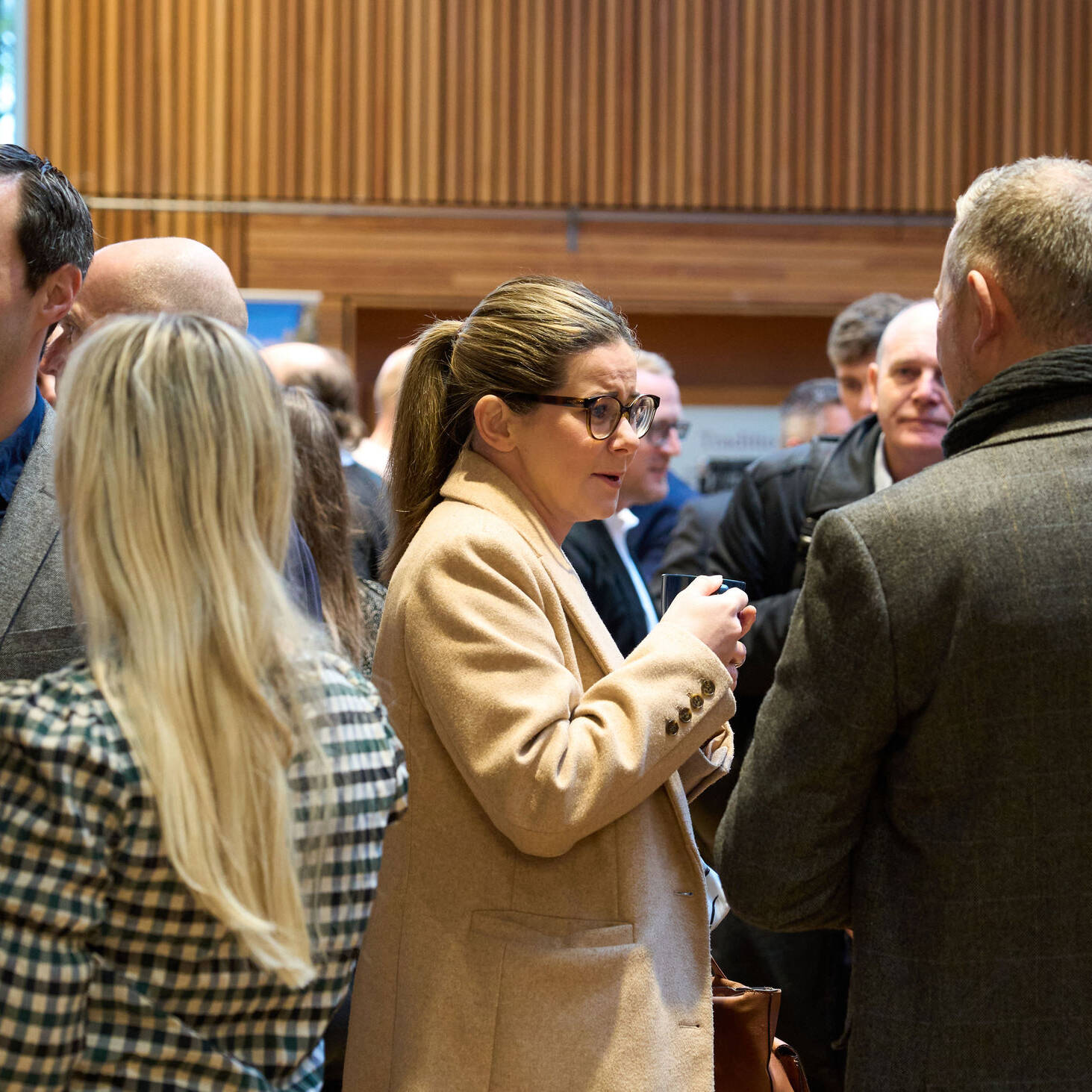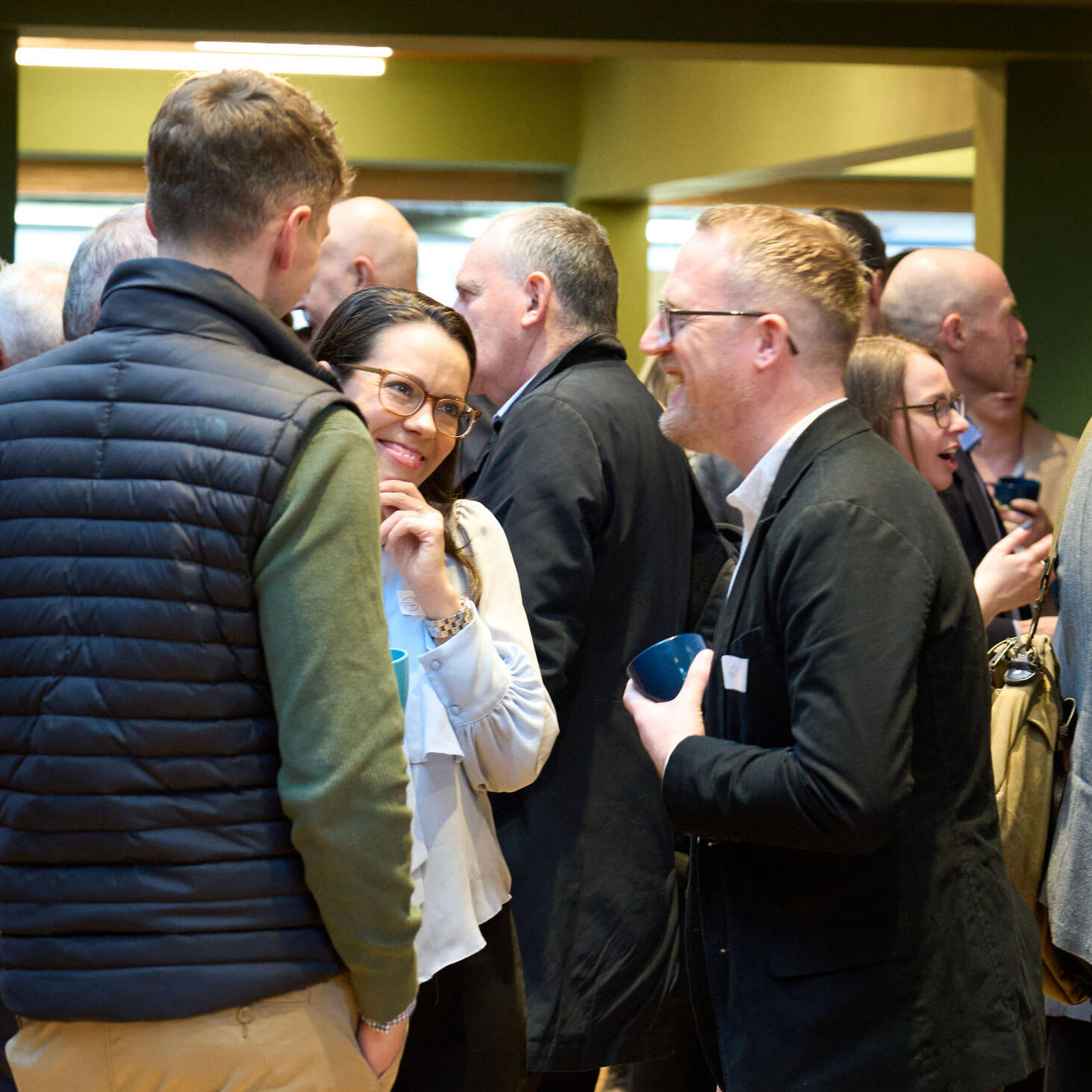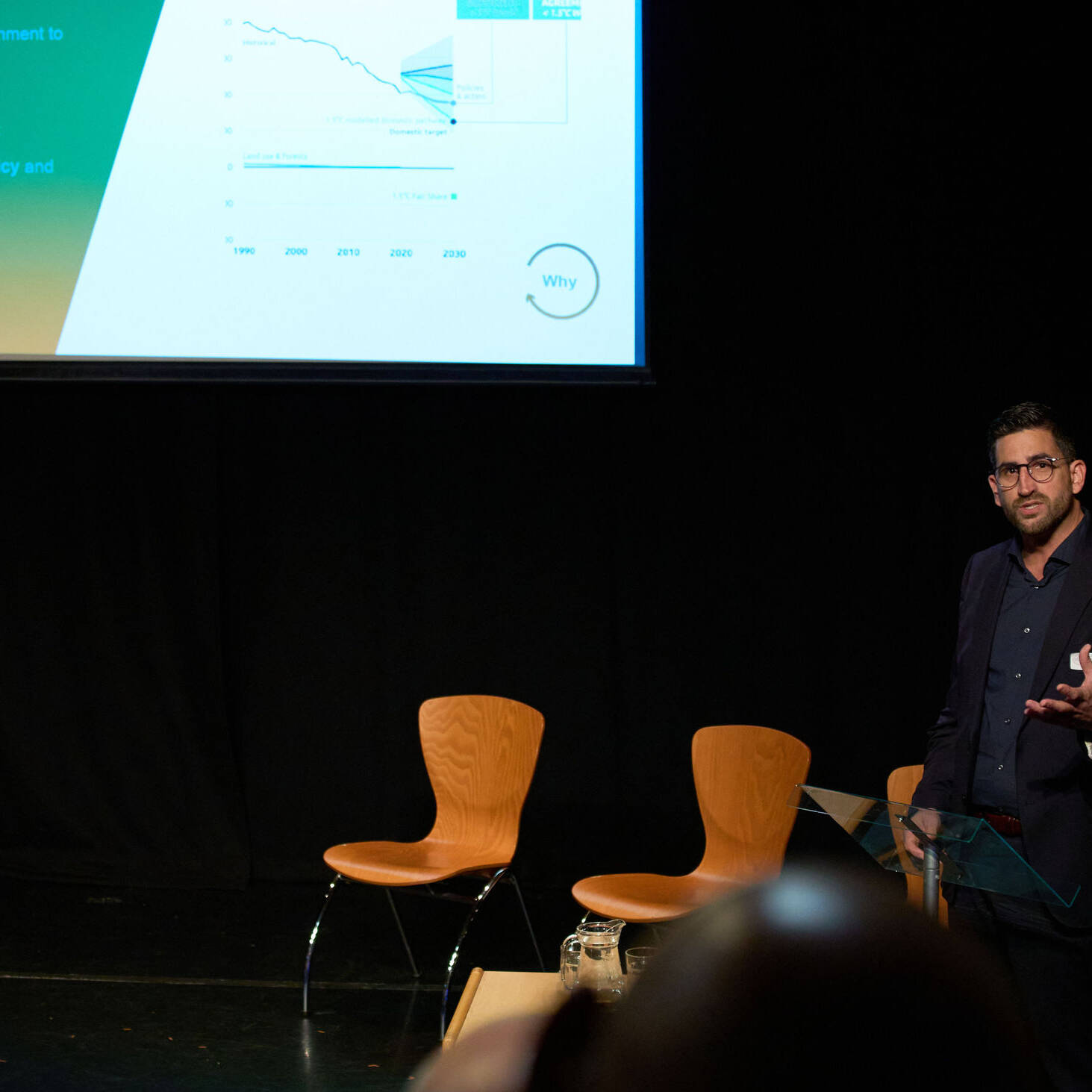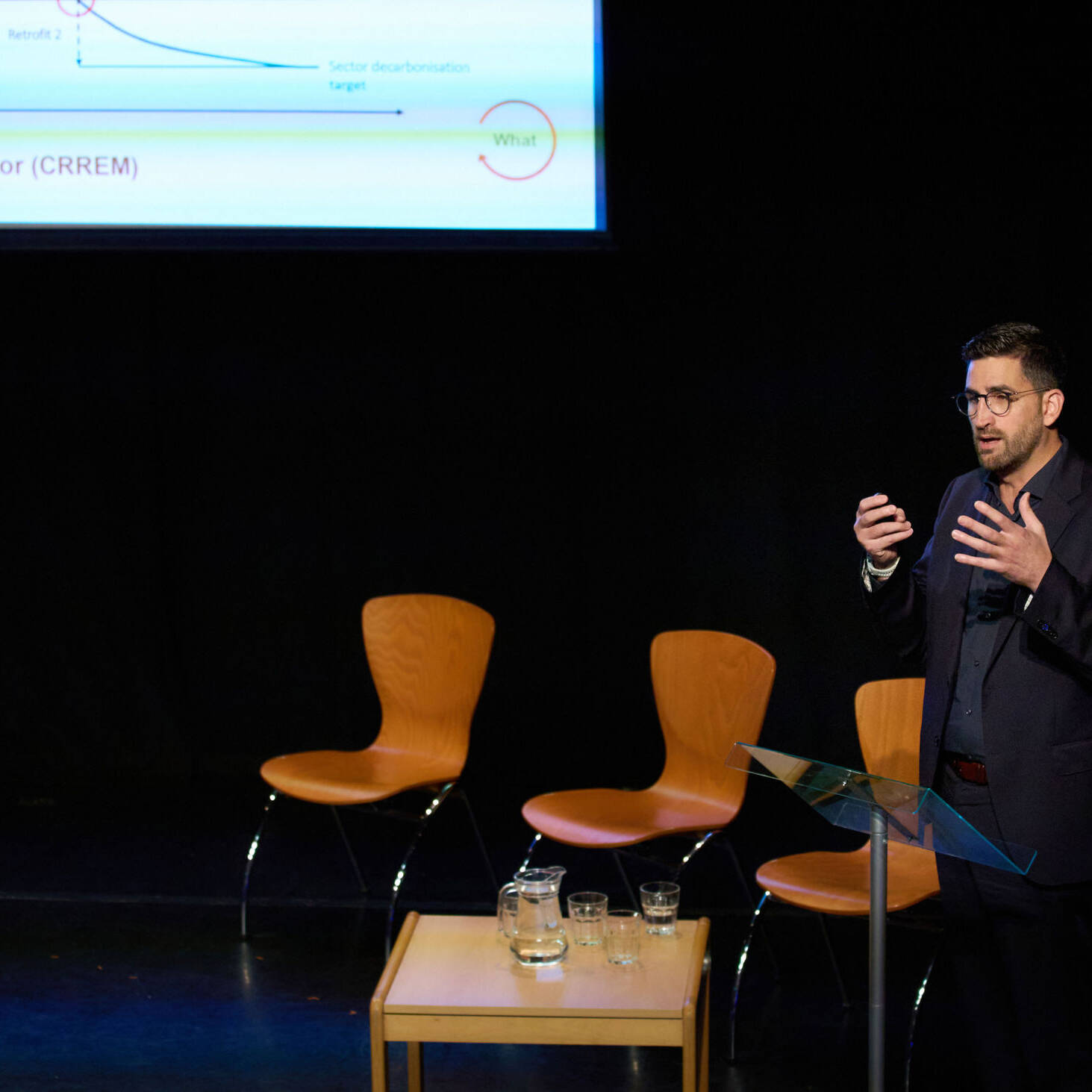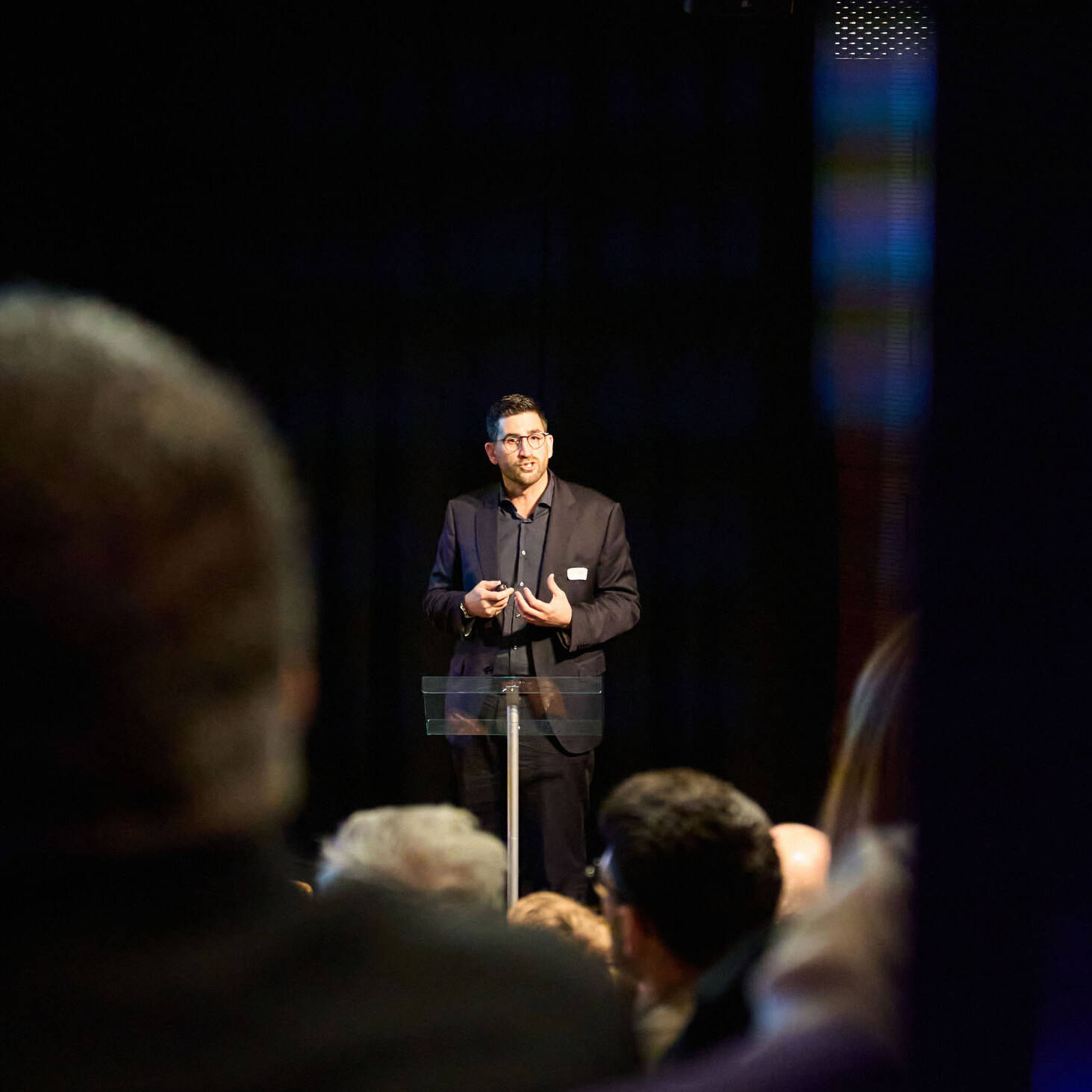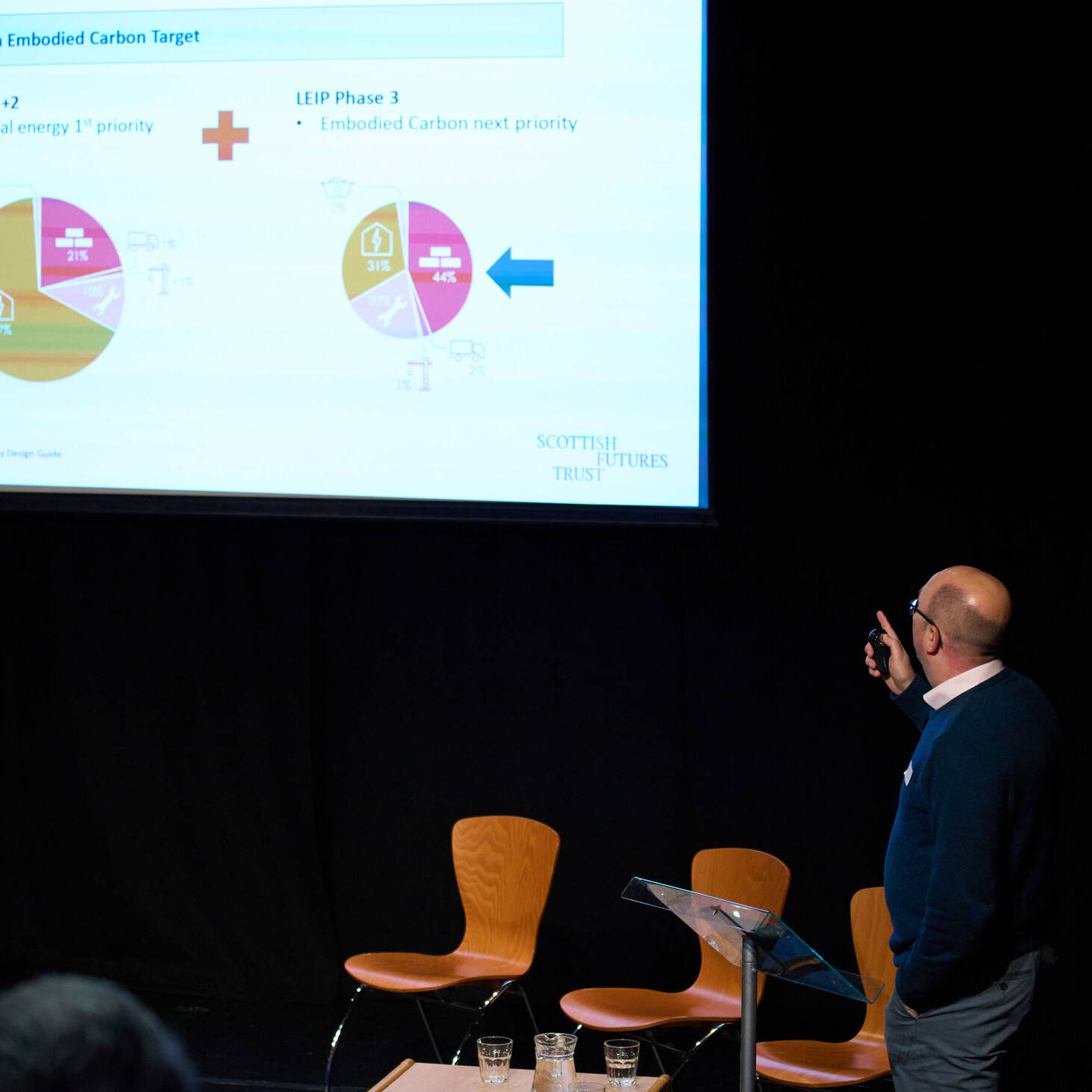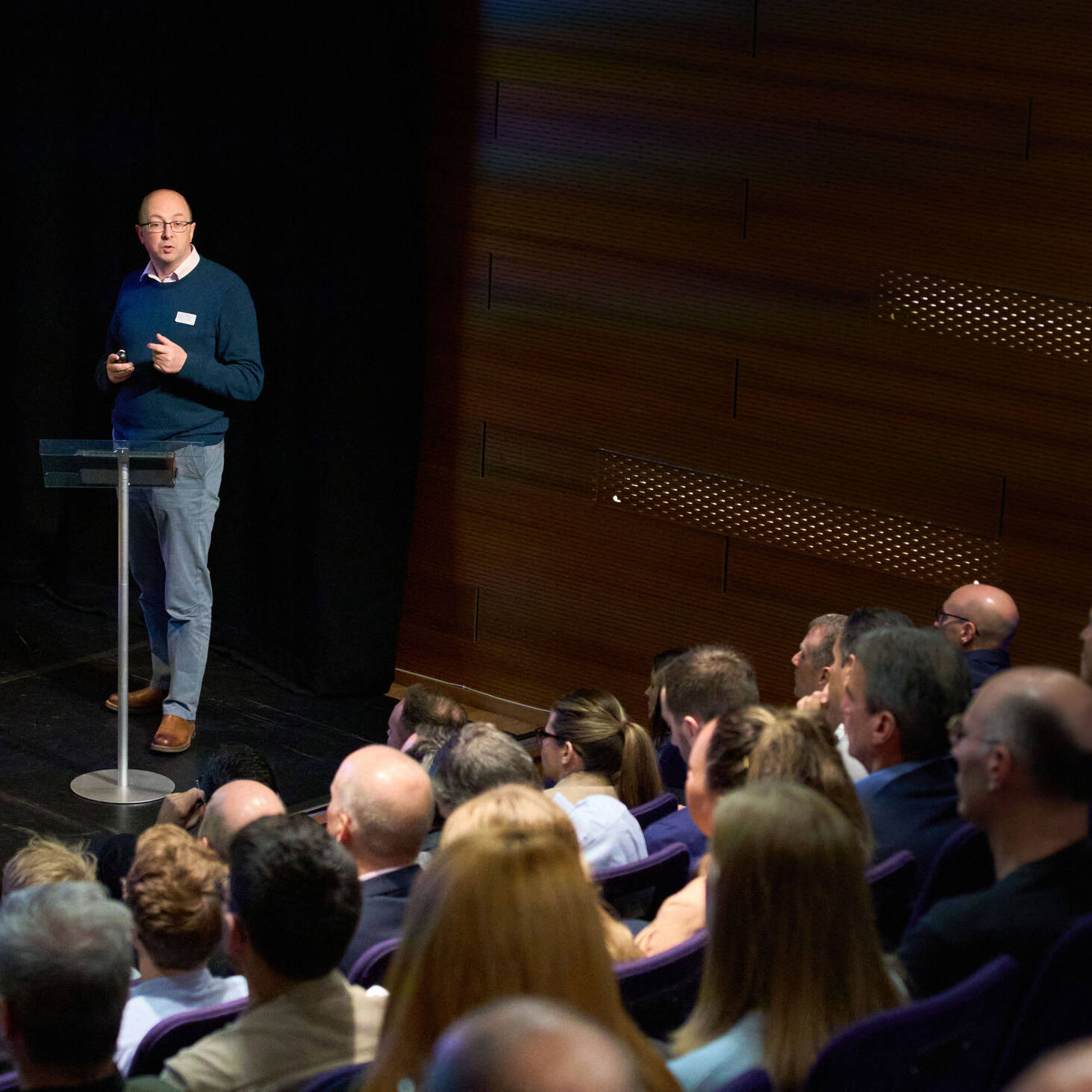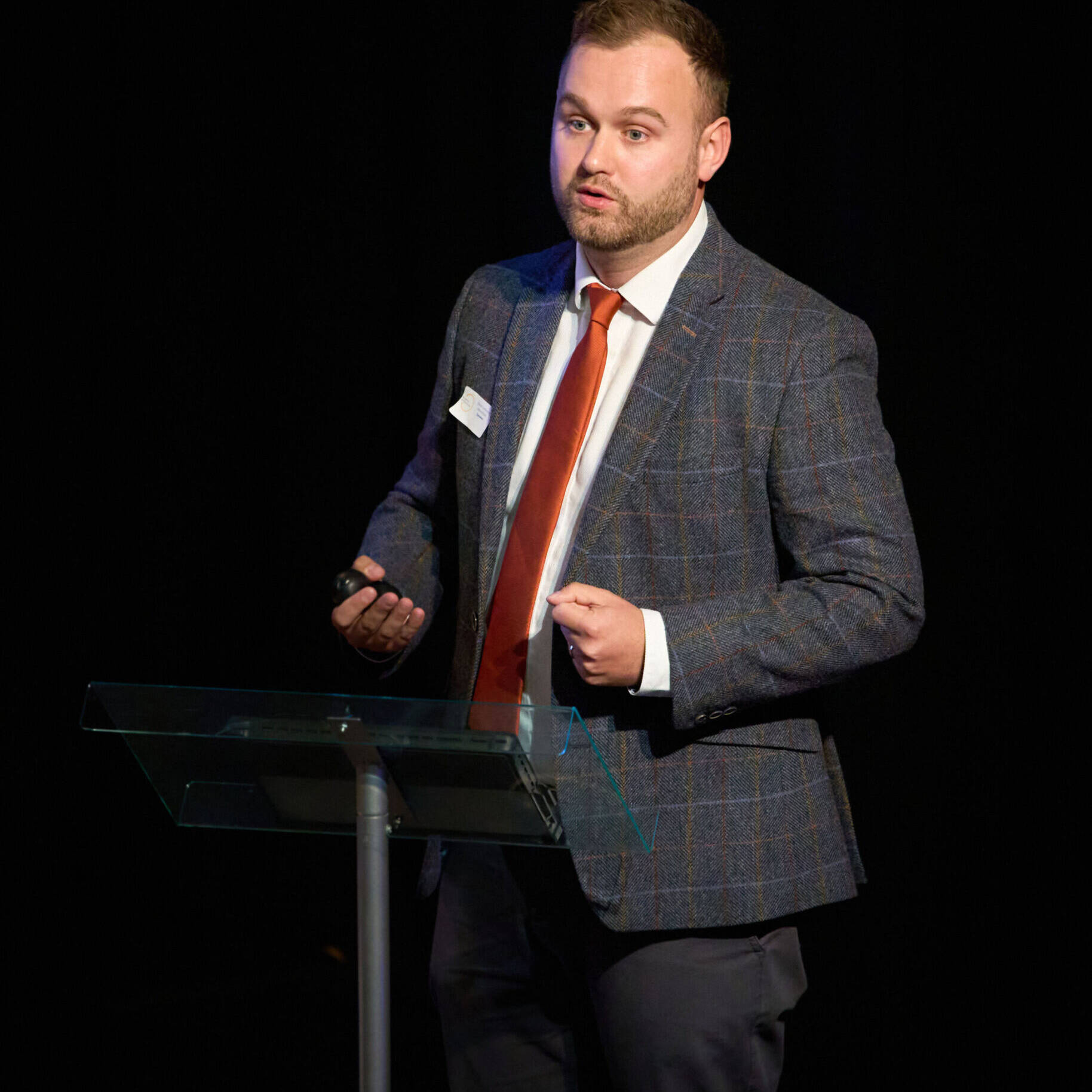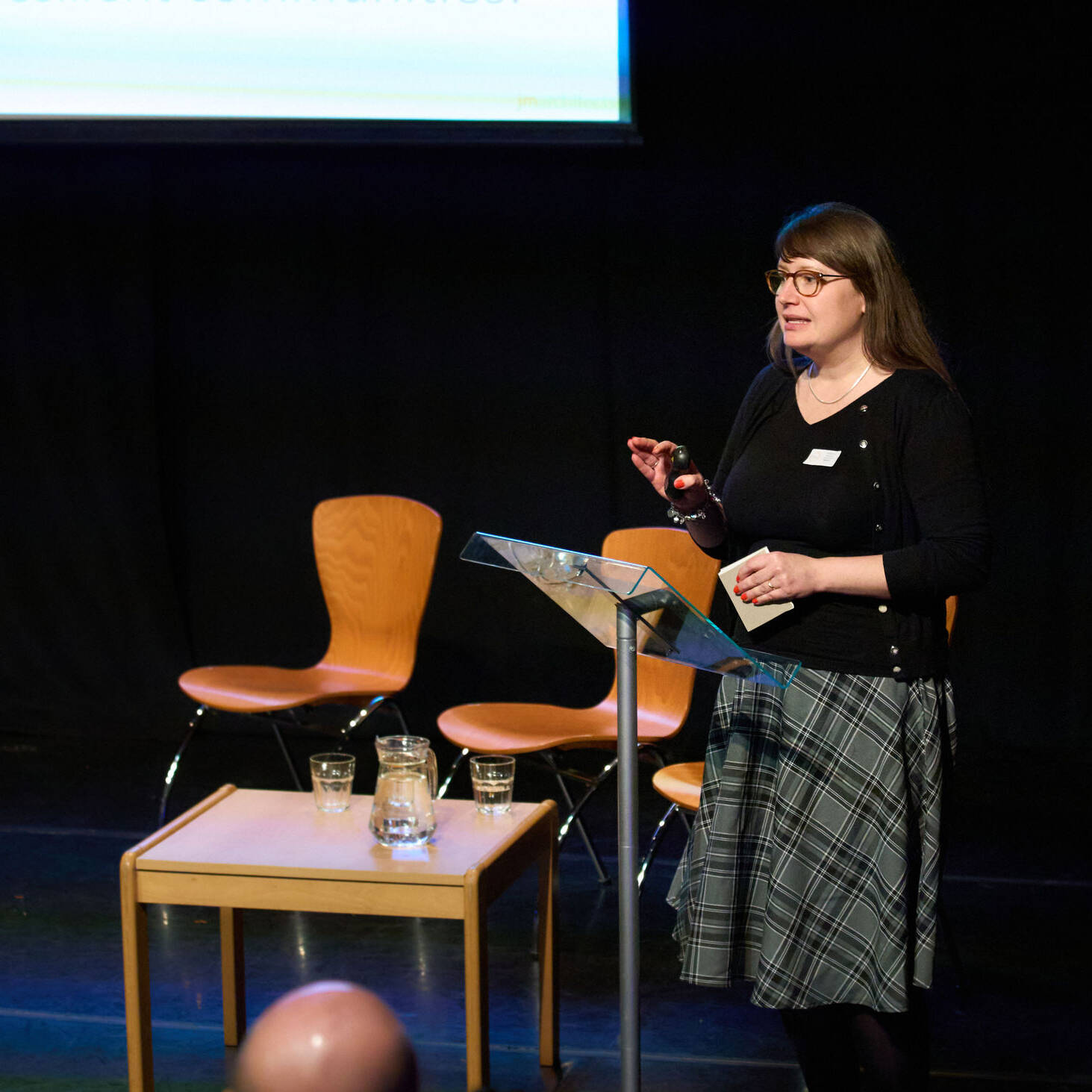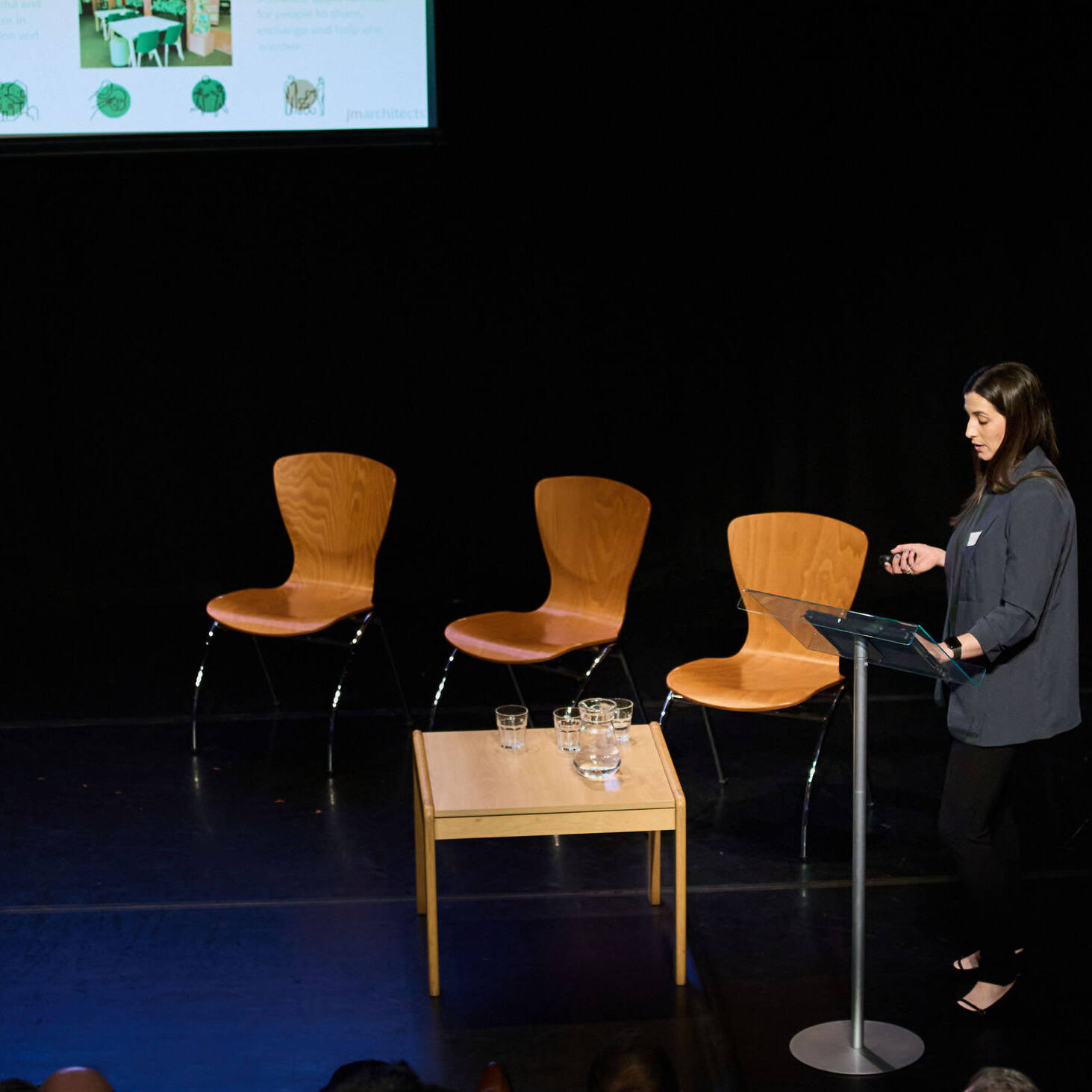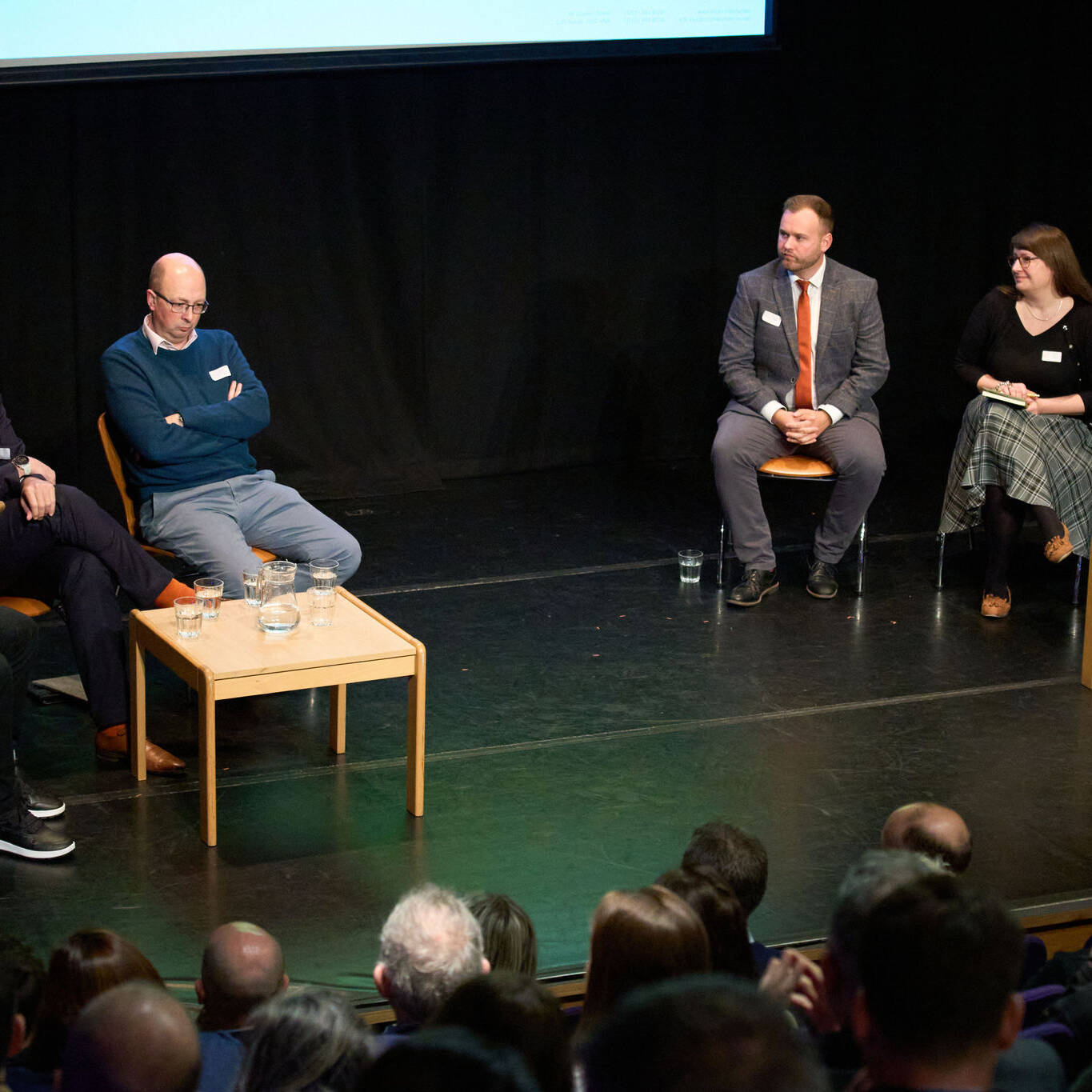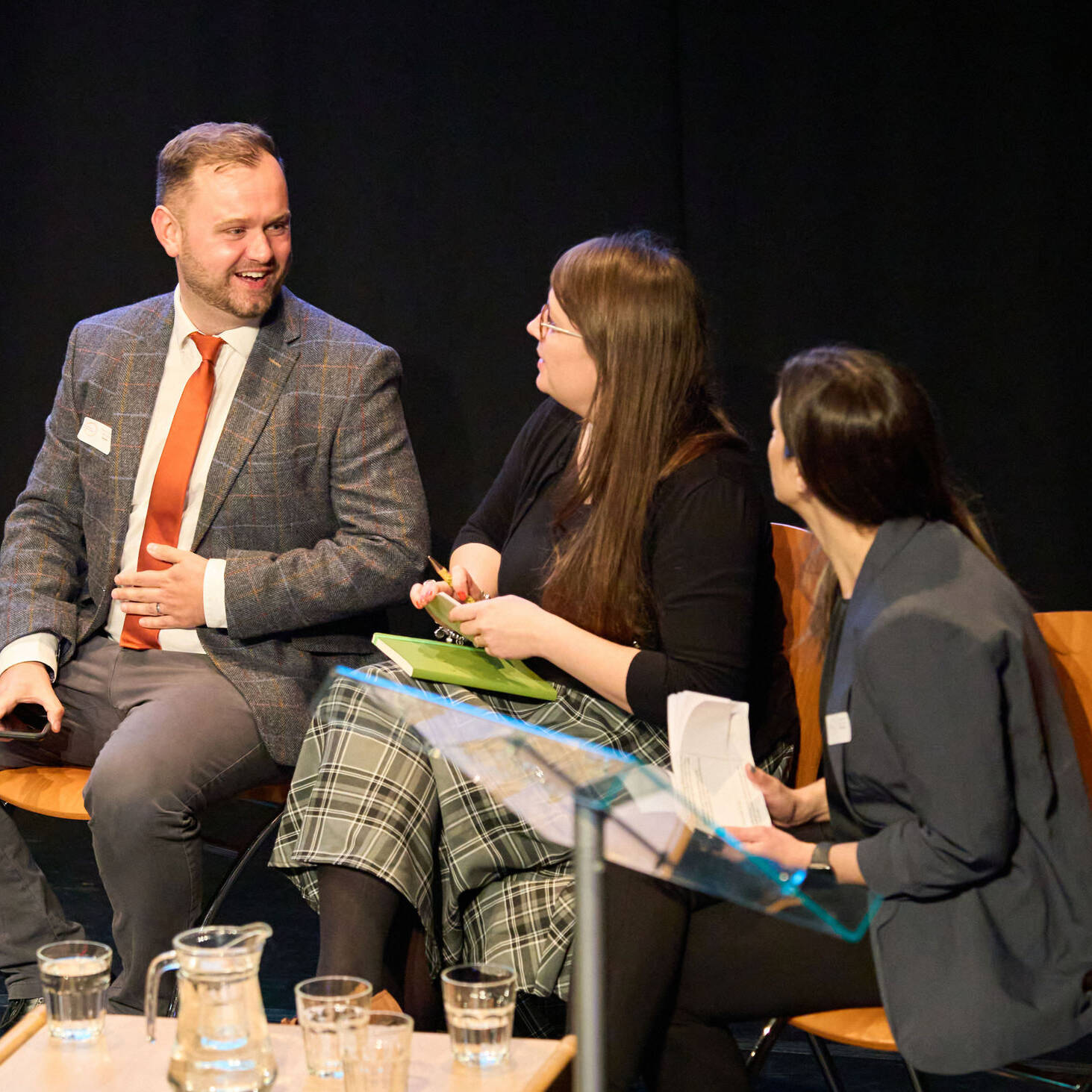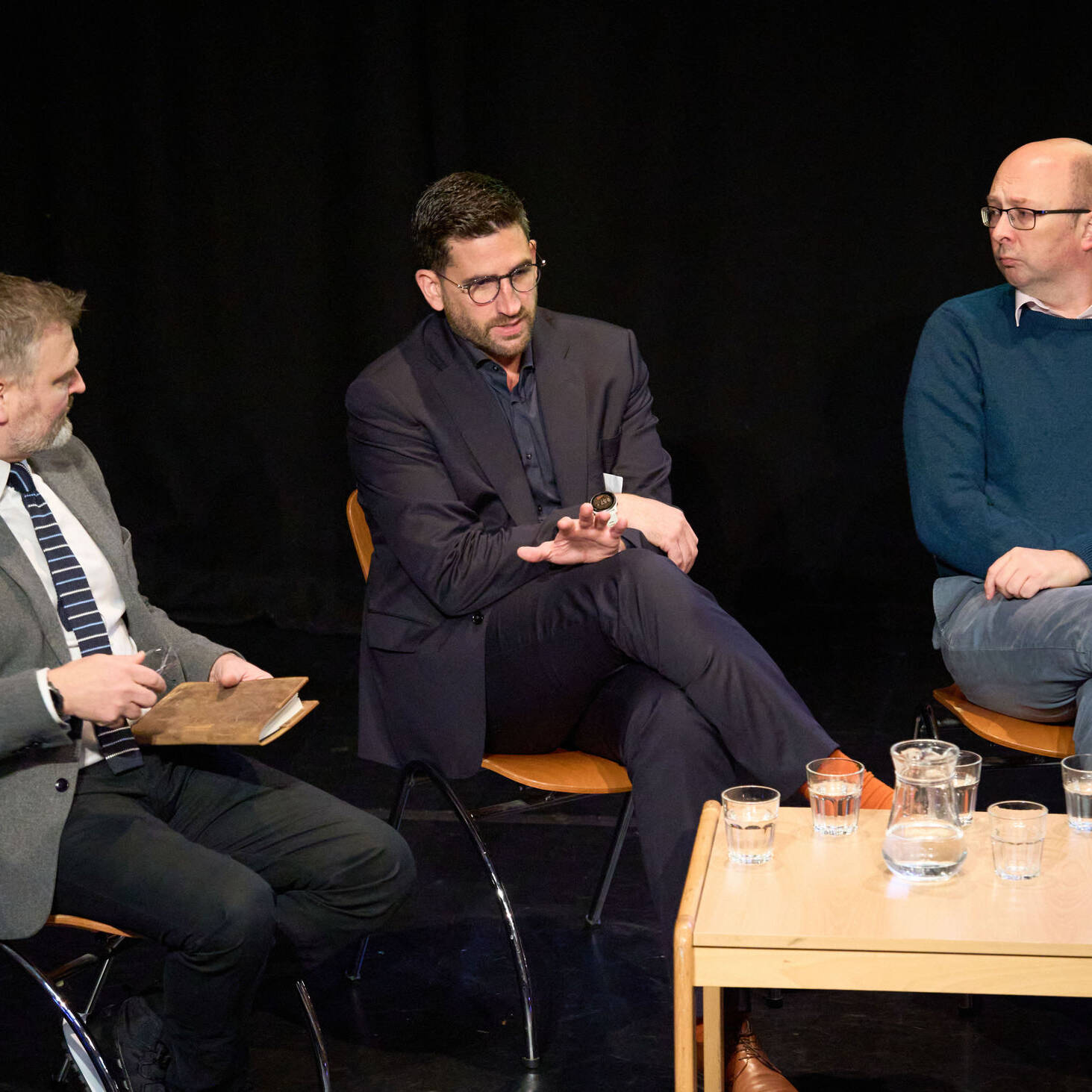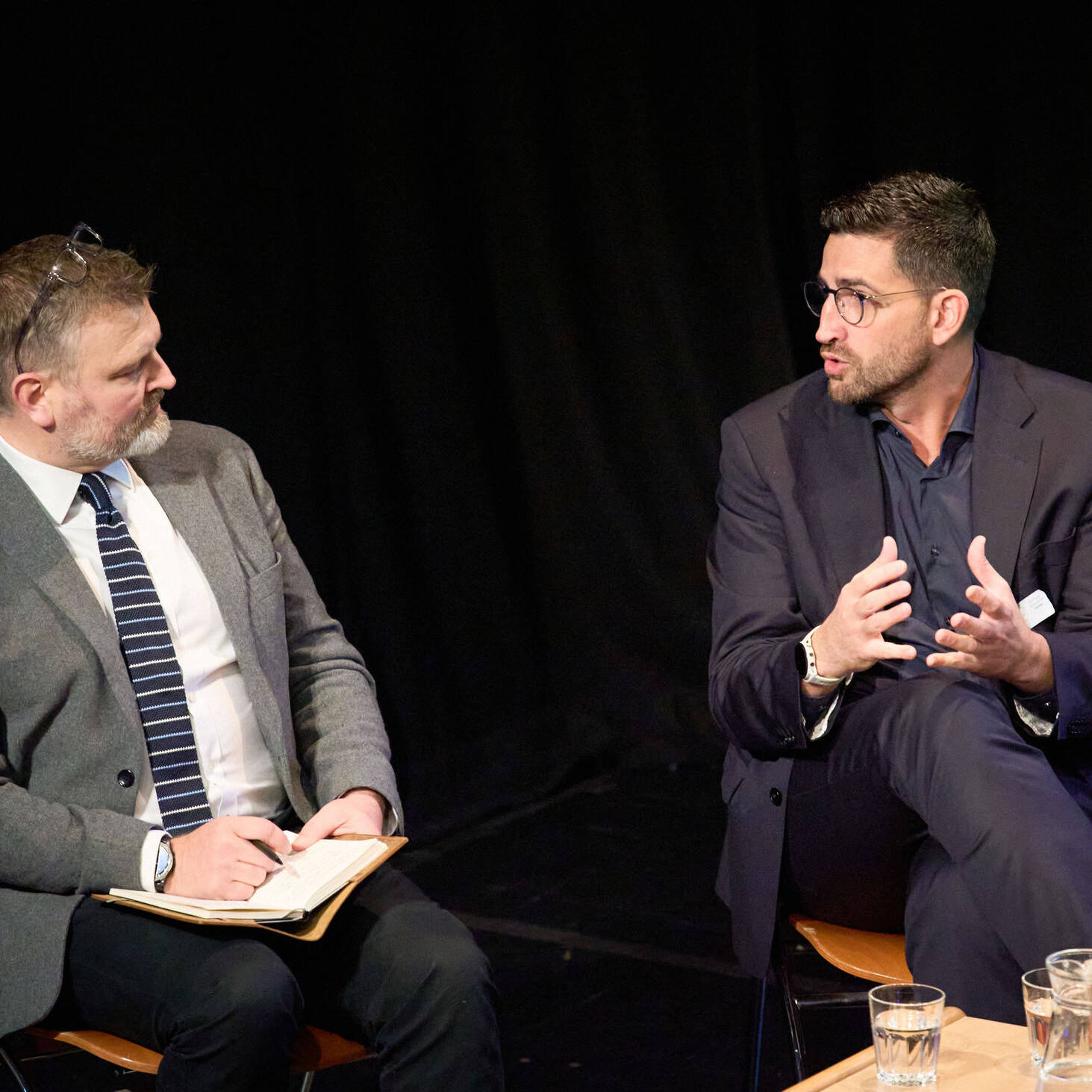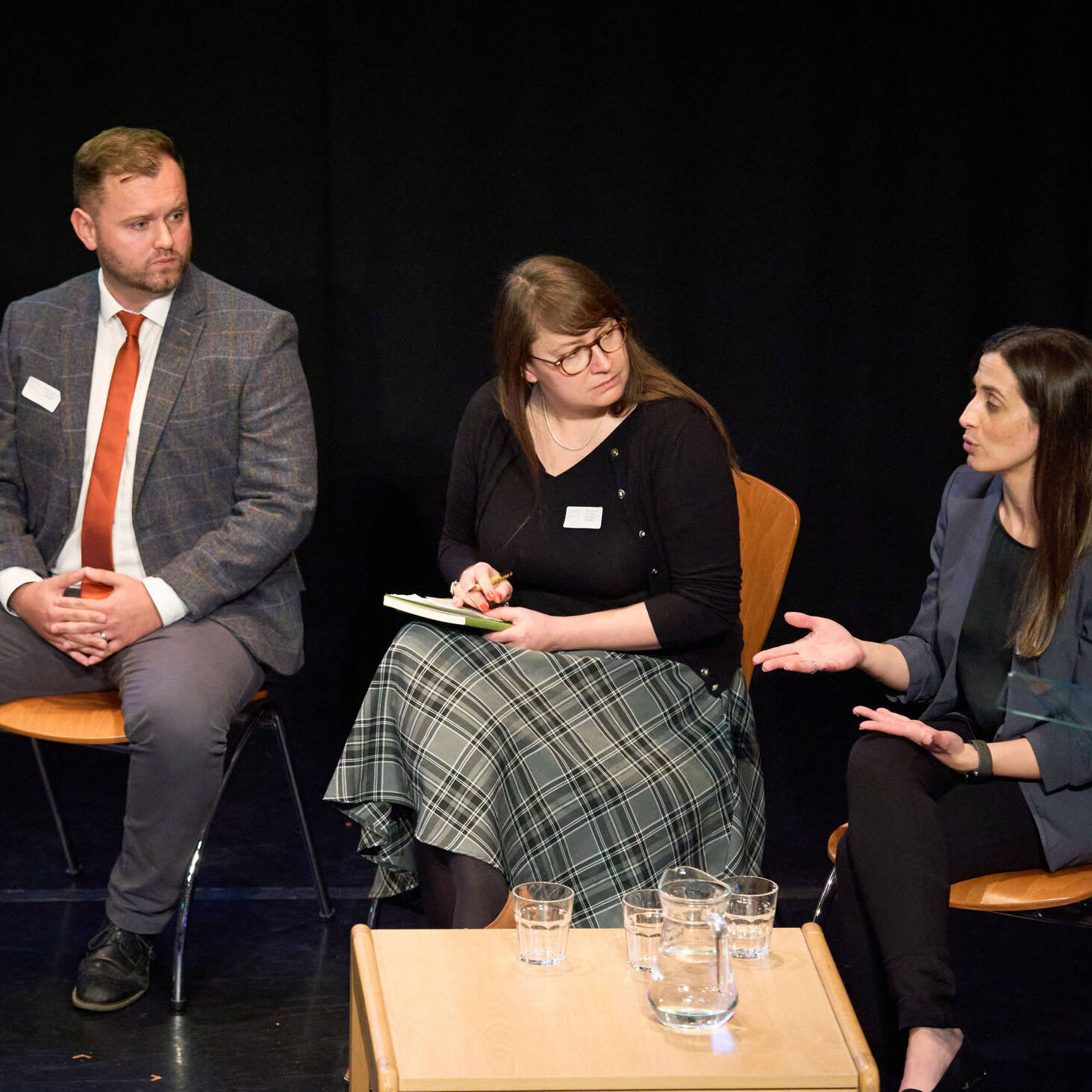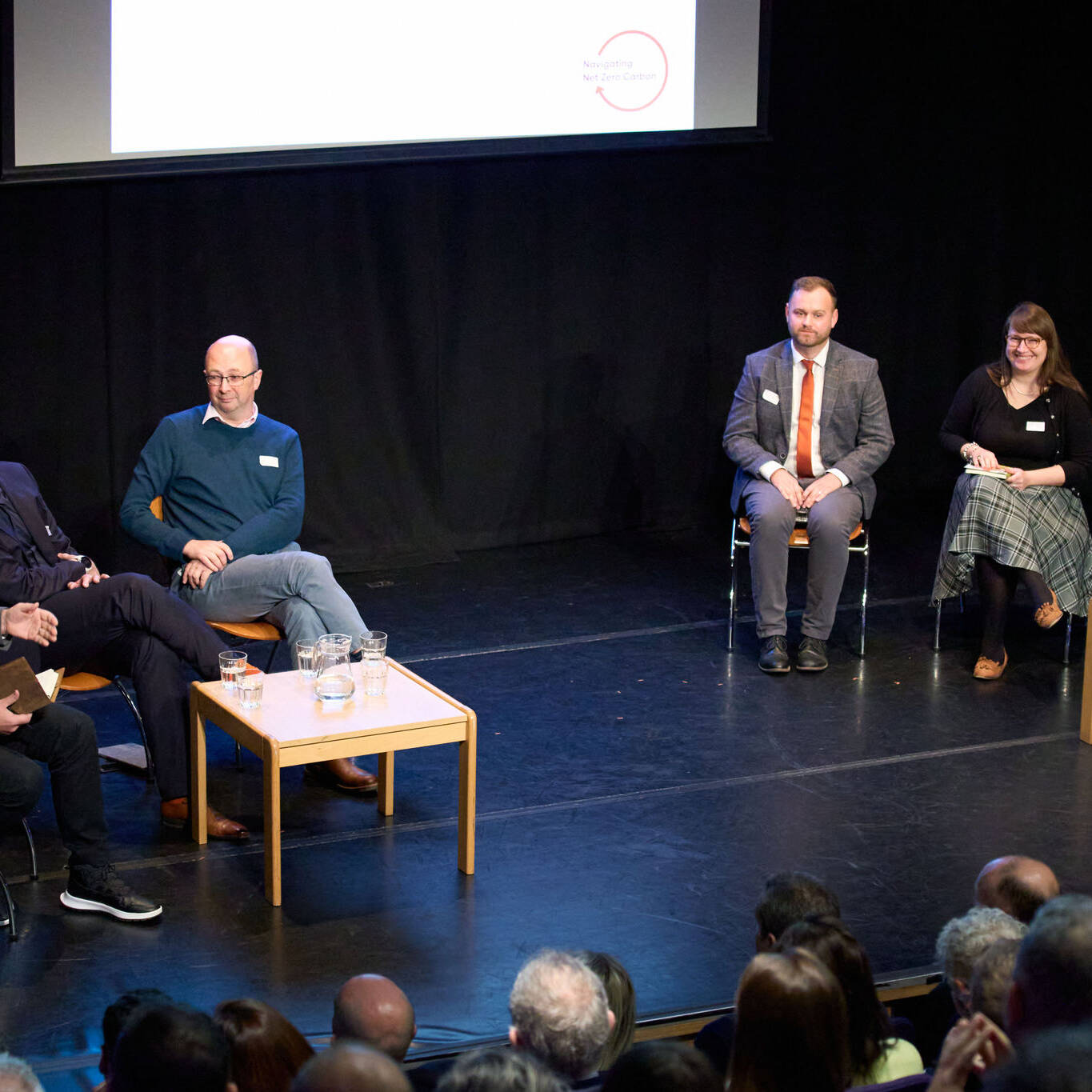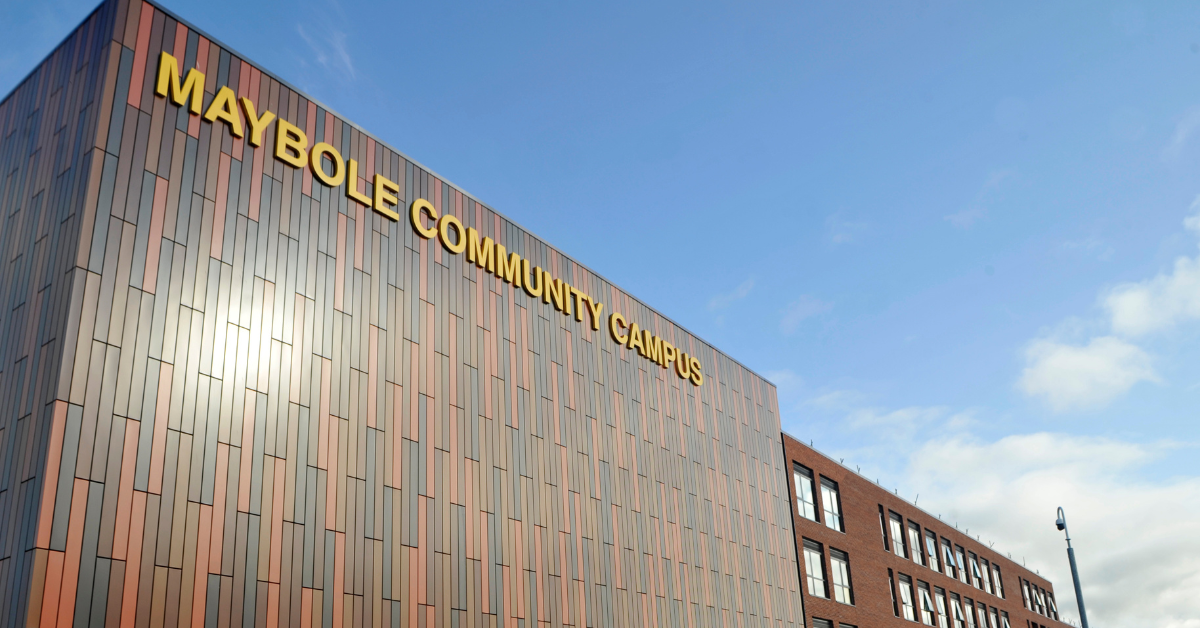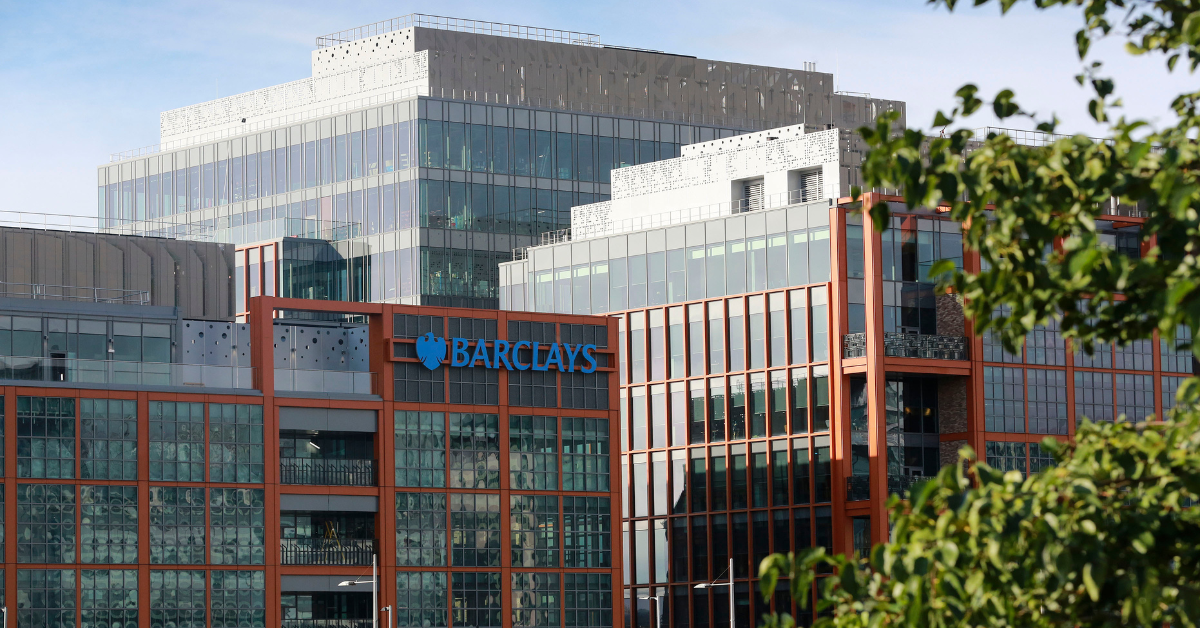News
Collaborating for a Greener Future
Collaborating for a Greener Future: Insights from jmarchitects and Wallace Whittle's Net Zero Carbon CPD
In a world where environmental sustainability is at the forefront of our concerns, jmarchitects and Wallace Whittle took a step towards a greener future by co-hosting a Net Zero Carbon (NZC) event, aiming to bring a 360° perspective to the discussion. Held in the Storytelling Centre on Edinburgh’s historic Royal Mile, this event brought together experts, thought leaders, and professionals from various fields to examine the pivotal issue of achieving net zero carbon emissions.
Our chair, Robin Blacklock, Managing Director at Dowbrae, led a fruitful discussion and pushed our panel with thought-provoking questions, steering the conversation to the challenges and opportunities tied to the Net Zero Carbon journey through lessons learned and current practice.
The panel of speakers included:
- David Spiteri, Director & Head of Sustainability at Wallace Whittle
- Steven Anderson, Associate Director, Scottish Futures Trust
- Daniel Lockwood, Regional Sustainability Lead, AtkinsRéalis
- Magdalena Blazusiak, Senior Architectural Technologist, jmarchitects
- Adelle Jess, Senior Architect, jmarchitects
These experts, each bringing their unique perspectives, shared their insights on what it takes to create truly net zero carbon buildings and we thank them again for their valuable time.
A Multi-Faceted Approach to Net Zero Carbon
Achieving net zero carbon emissions in the built environment has become a race against time, demanding a swift response from the construction sector. In light of this challenge, our Head of Sustainability, David Spiteri’s presentation highlighted crucial components of NZC design. It explored design trends and focused on understanding the definition of NZC in buildings. David outlined necessary approaches to achieve this, highlighting key design implications crucial for meeting these targets, sharing valuable lessons learned from past initiatives.
A truly net zero carbon building must not only reduce its carbon emissions but also be efficient in its energy use. This efficiency is not only an environmental goal but also an economic one, as energy-efficient buildings can significantly lower operating costs over their lifetime.
Functionality, too, is key. A building must serve its intended purpose effectively while also reducing its carbon footprint. This can include designing spaces that allow for natural lighting and ventilation, implementing energy-efficient HVAC systems, and using sustainable building materials.
Location plays a vital role as well. A building should be in a location that minimizes its impact on the environment, with access to public transportation and amenities that reduce the need for long commutes and energy consumption.
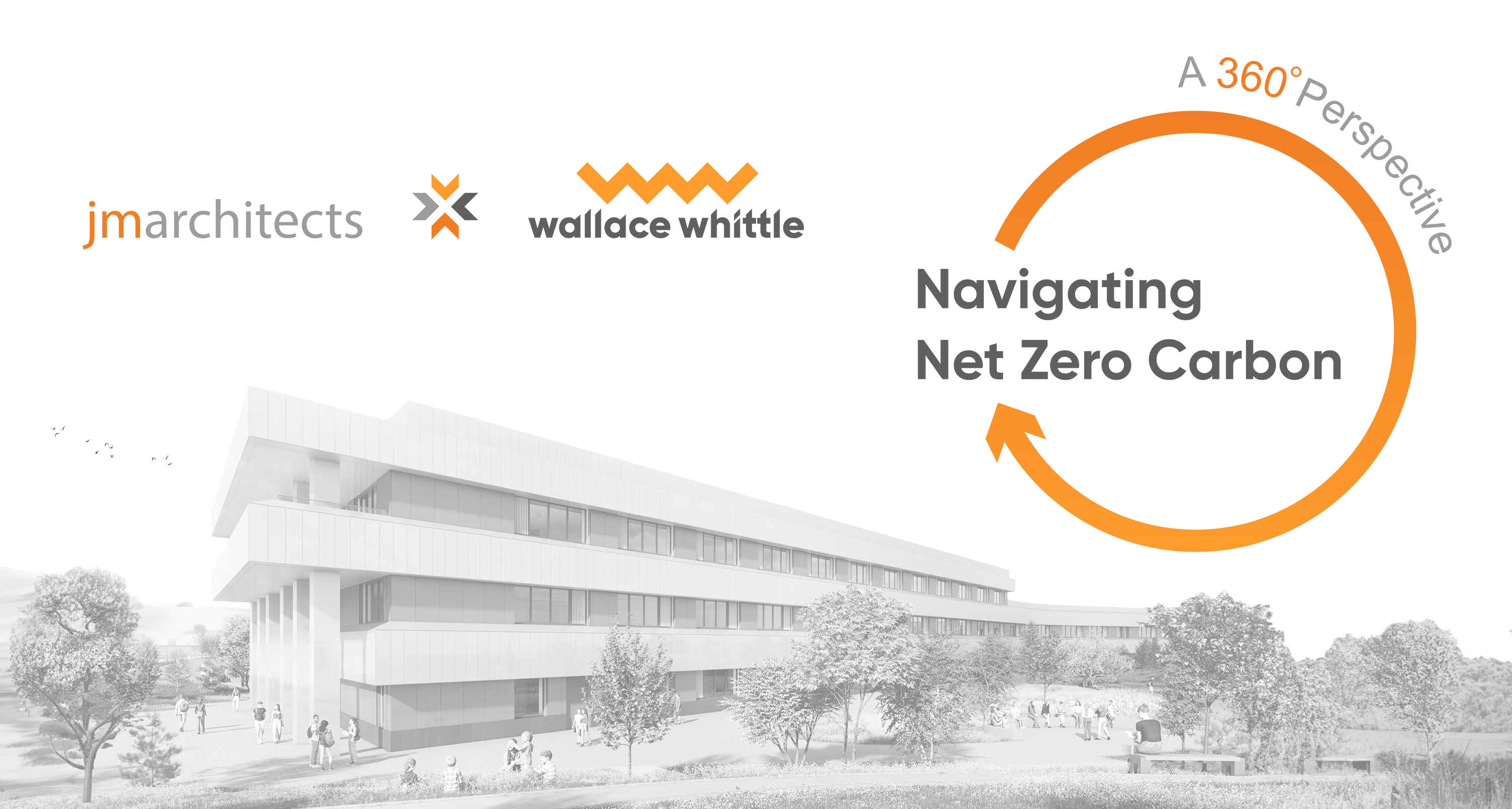
Collaboration for a Sustainable Future
The discussions underscored the importance of collaboration and engagement at all levels to create sustainable places. Achieving net zero carbon emissions is a collective effort, requiring cooperation between architects, engineers, developers, policymakers, and the community.
By working together, we can create sustainable places that not only reduce carbon emissions but also support our communities. Sustainable buildings have the potential to create new opportunities, improve the quality of life for residents, and positively affect the environment directly or indirectly.
The breakfast seminar was a comprehensive exploration of the concept of achieving net zero carbon emissions. It showcased the commitment of jmarchitects and Wallace Whittle to making a positive impact on our environment. The event highlighted that the road to a sustainable future may be challenging, but with collaboration and innovative solutions, we can make a real difference.
Get in touch with us today to discuss your next project or to learn more about our education expertise – [email protected]
